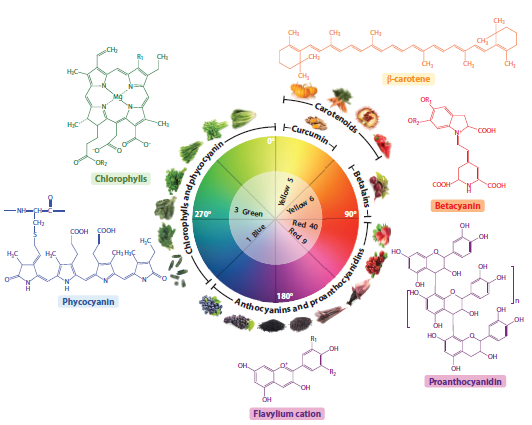The food industry is seeing a significant shift toward the use of natural colorings, driven by consumer demand for healthier and more transparent food products. This trend is evident in various sectors, including frozen foods. Natural colorings are derived from plant, animal, and mineral sources and are considered a healthier alternative to synthetic dyes.
Benefits of Natural Coloring
- Health Concerns: Synthetic colorings have been linked to various health issues, including allergies and hyperactivity in children. Natural colorings, being derived from natural sources, are perceived as safer and less likely to cause adverse health effects.
- Consumer Preference: There is a growing consumer preference for natural and organic products. Many consumers are willing to pay a premium for products that do not contain artificial additives.
- Regulatory Support: Regulatory bodies in many countries are increasingly scrutinizing the use of synthetic colorings. Natural colorings often face fewer regulatory hurdles, making them an attractive option for food manufacturers.
Challenges of Using Natural Colorings
- Stability: Natural colorings can be less stable than synthetic ones, especially when exposed to light, heat, and pH changes. This can be a significant challenge in frozen foods that undergo various temperature changes during storage and transportation.
- Cost: Natural colorings can be more expensive than synthetic alternatives. This can impact the overall cost of the product.
- Flavor Impact: Some natural colorings can affect the taste of the final product. For example, beet juice can impart an earthy flavor that might not be desirable in all frozen food items.
Color Intensity: Achieving the desired color intensity can be more challenging with natural colorings. This might require higher quantities of the coloring agent, further increasing costs.
Innovations and Solutions
- Microencapsulation: This technology involves encasing natural colorings in a protective coating, improving their stability and preventing interactions with other food components.
- Blending: Combining different natural colorings can help achieve the desired color intensity and stability. For instance, mixing carotenoids with anthocyanins can produce a more stable orange-red hue.
- Fermentation-Derived Colorings: Advances in biotechnology have led to the development of natural colorings through fermentation processes. These colorings can offer improved stability and consistency.
Improved Extraction Techniques: New methods of extracting natural colorings from their sources can yield purer and more stable colorants, reducing the impact on flavor and improving color intensity.
The use of natural colorings in frozen foods aligns with the broader trend toward cleaner labels and healthier food products. While there are challenges in terms of stability, cost, and flavor impact, ongoing innovations are making natural colorings a more viable option for food manufacturers. As consumer demand for natural ingredients continues to grow, it is likely that the use of natural colorings in frozen foods will become increasingly prevalent.

